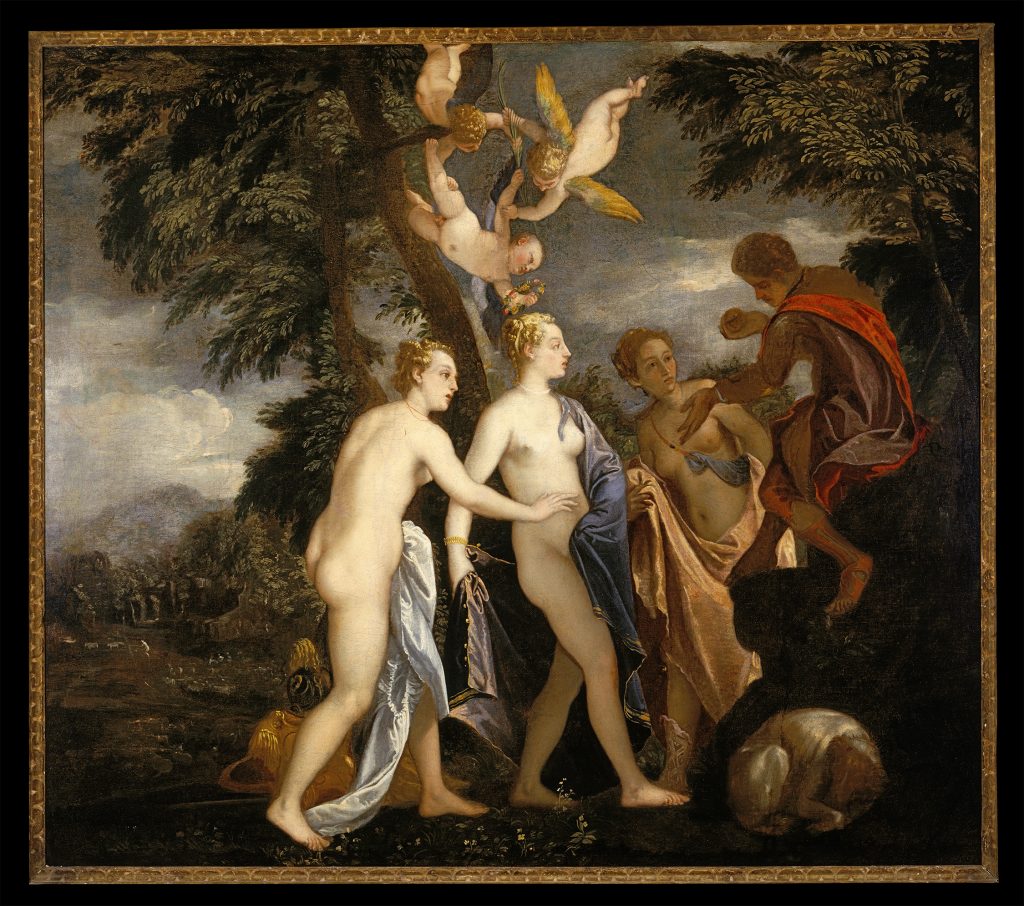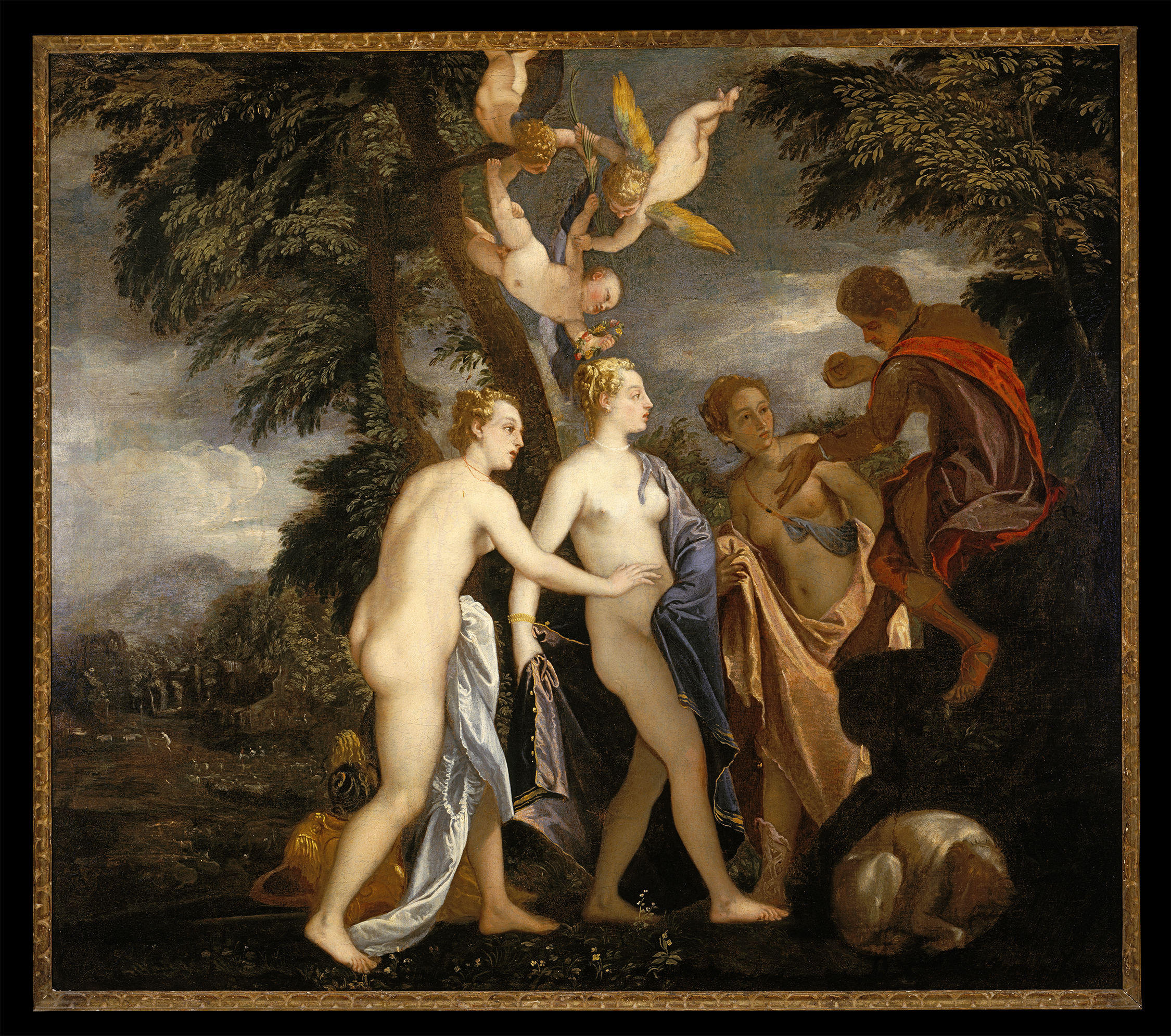
What do Bucknell University and the National Gallery of Art have in common?
The Kress Collection
As a descendent of German and Irish immigrants, Samuel Kress’s story can be read as a tale of the, arguably antiquated, classic American Dream. Born in 1863, Samuel H. Kress was the second oldest of his seven siblings. He was born in Cherryville, Pennsylvania in the midst of the Civil War. In the 1880s, he worked as a school teacher. He saved the money he earned from teaching to open his own store in Nanticoke, Pennsylvania. This endeavor led to the first S.H. Kress and Company Store, the store that would make him his fortune, opening in 1896 in Memphis, Tennessee. The Kress stores, which sold domestic merchandise, became local landmarks, due in part to their opulent 1920s art deco design and decor. A point of pride within the towns and cities they were located, the stores signaled progress and prosperity. The success of Kress retail stores made Samuel Kress a wealthy man, allowing him to amass a notable art collection and pursue philanthropy.
What kind of art did he collect?
When purchasing artworks, Kress’s goal was to create an encyclopedic collection of art; although it is important to note that this “encyclopedic” collection considered only Western art. The sixteenth century book The Lives of the Most Excellent Painters, Sculptors, and Architects, sometimes referred to as Vite or The Lives, guided Kress’s collection process. The book is a series of artist biographies from the Italian Renaissance. Kress wanted to own at least one painting by each of the artists referenced in the book. The Lives was not only an influence on Kress, but on the whole of the art world. It is often said to be the most influential writing from the Italian Renaissance. Despite its influence, the book is not without its flaws: the author of the book, Giorgio Vasari, wrote the artist biographies with personal bias, favored the Florentines, and included fictitious stories. Yet, the book is still a common framework for the study of Italian Renaissance art, and certainly helped guide Kress and other Italian Renaissance collectors.
It could also be said that Kress’s experience as a vendor of bulk consumer goods in his Kress stores influenced his “one-of-everything” collecting style. Another great influence on Kress’s art collecting preferences was the art dealer Count Allessandro Contini-Bonacossi. Approximately nine hundred works were purchased from Contini-Bonacossi to become a part of the Kress Collection until his death in 1955.
Overall, Samuel H. Kress believed in the positive moral force of art. He knew that many Americans would never have the chance to see, in person, paintings like the ones he had collected. He wanted to give people the opportunity to experience these great works. He also recognized the philanthropic responsibility his wealth gave him. Today, the ideals of Samuel Kress still inform the Kress Foundation, which he founded in 1929, two years after he purchased his first painting.
How did the Samek Art Museum get part of the Kress Collection?
Samuel Kress was aware that the success of his stores was because the people in small towns and cities supported them. Inspired by this, Kress wanted to share his collection with these communities. During the Great Depression, Kress organized a traveling exhibition of fifty-five works. The tour lasted three years and stopped at twenty-five venues. When the traveling exhibition concluded, Kress’s health was failing and he was still considering how to share his collection with the public in the years to come. At the same time, the National Gallery of Art in D.C. was being built. Andrew Mellon had donated his great collection of 152 works to the organization, but the Gallery needed more pieces to fill its walls. Kress was encouraged by David Finely, the director of the National Gallery, to donate a portion of his collection. Kress even spoke at the opening dedication of the National Gallery of Art, which was presided over by President Franklin D. Roosevelt and First Lady Eleanor Roosevelt. Despite many works being donated to the National Gallery, there were still works left in the Kress Collection that needed a home. In 1945, Samuel Kress suffered an incapacitating stroke and his brother Rush Kress continued the work of finding a home for the collection that would serve the public. Rush H. Kress graduated from Bucknell University in 1900 and was a university trustee for thirty-six years. The Rush H. Kress Hall is named in his memory and still houses Bucknell students today.
Rush’s work, informed by Samuel, culminated in “The Great Kress Give-Away” in 1961. Eighteen regional museums across the United States were promised a gift from the Kress Collection. The stipulations being: the works must remain on permanent display in a fire protected and climate controlled space and must be used for the education and enjoyment of the community. Another part of the collection was segmented to be gifted to twenty-three colleges and universities to be used as study collections; this is how Bucknell University came to be home to a part of the great collection. The Samek Art Museum at Bucknell University houses twenty-three works from the Kress Collection, a portion of which are always on view in our Kress Gallery.
The Samuel H. Kress Foundation continues to align itself with the original intentions of its founder and values engaging with and appreciating art. They offer fellowships, grants, and sponsored research opportunities. The foundation also supports the cost of caring for and conserving works from the Kress Collection. The Samek Art Museum recently participated in this with the conservation of a portrait of Rush Kress.
The philanthropic notions of Sameul H. Kress leads us to open a larger contemporary conversation about philanthropy: how the money that enables it is made and whether or not institutions should consider this when accepting donations. Arts organizations big and small have had to face difficult truths about where the money that supports them comes from. In many cases, large donors have acquired their wealth in morally-questionable ways, but have donated a great deal of money to institutions who do a lot of good and who need that money to continue to operate. The reality is that not-for-profit organizations rely on donations and often the people who are capable of making significant donations are linked to corruption in some form. Whether the wealthy contributors know of their guilt and attempt to cleanse themselves and their money by donating to a good cause, or they do not recognize their wrongdoing and are so far removed from the results of their actions they do not see a connection, is another consideration. Whatever the case may be, one ends up with a type of “do the ends justify the means?” question in the case of donations to not-for-profit organizations.
The case of the Sackler family is perhaps the catalyst for this issue in the art world and one that has arguably set the industry standard. The Sacklers own Purdue Pharma – the company that put OxyContin on the market and is largely responsible for the opioid crisis racking the U.S. today. To simplify the situation, the Sacklers made their money from OxyContin sales made as a result of dishonest marketing, among other accusations. The family has donated large amounts of money to museums like the MET, the National Portrait Gallery in London, the American Museum of Natural History, and others. These large arts institutions have benefited from the money the Sackler family has given them, but many of these institutions have declared that they will no longer accept money from the Sacklers, after a great deal of public outcry. This is a large example of the issue many museums and arts organizations are considering. Of course, larger organizations like the MET are able to turn down further Sackler donations because they benefit from having a large audience and a plethora of other big donors. A smaller organization may have to choose between accepting a donation from people like the Sacklers or discontinuing operations.
Why is this happening now? These organizations have accepted money from the Sacklers for many years. The way the Sacklers made their money has not changed, but public attention has, and our culture along with it. Only when the articles were written about the Sacklers’ connections to the opioid crisis, and only when people started to push against these organizations for accepting their money, did the museums declare they would no longer accept Sackler donations. Many people have taken hold of their social responsibility, and in turn have pushed public facing institutions to do the same.
The debate over the Sackler’s donations leaves us with questions: is it possible to make up for harm done by donating to organizations that benefit the public? How far back should one go to trace how a person or family made their money? Would we be looking at the Sacklers differently if the money they donated had directly helped save lives instead of supported the arts? Is there such a thing as “clean money”? If there are answers to these questions, what we determine could change the unwritten rules of philanthropy and how the wealthy interact with non-profit organizations. The fact that people are asking has already made an impact.
– Emily Owen, 2019 – 20 Samek Museum Fellow
More info about Sackler donations:
https://www.nytimes.com/2019/03/25/arts/design/sackler-museums-donations-oxycontin.html -NYT article about the Sackler’s realtionship with arts institutions
https://www.sacklertrust.org -The Sackler Trust statement
More info about the Kress Collection:
http://www.kressfoundation.org/collection/ViewCollection.aspx?id=72&repoID=18368 – list of works from the Kress Collection housed by the Samek

